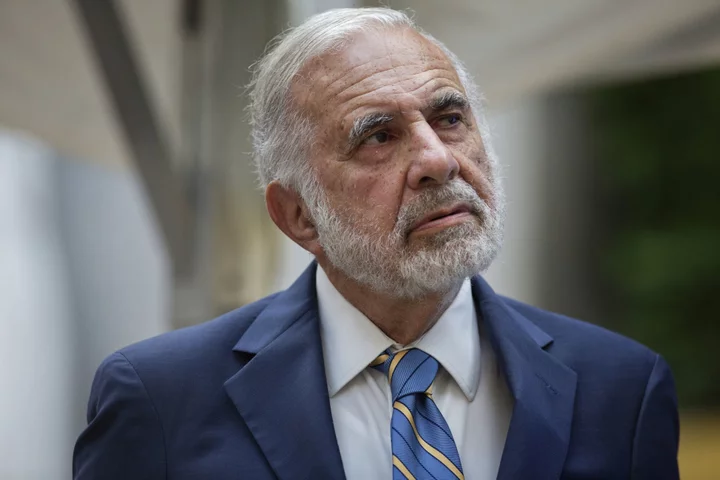Ireland’s economy will grow at a slower pace than previously thought in 2023 due to weakening exports and a rise in imports, according to Ireland’s Economic and Social Research Institute.
GDP growth is expected to slow to 0.1% this year from 12% in 2022, the institute said, citing a retrenchment in export activity, particularly in the pharmaceutical sector which, along with the technology industry, is a key component of the Irish economy. That’s down from a previous estimate of 5.5% in March.
The think tank cut its export growth forecast to 4.2% from 8%. Ireland recorded export growth of 15% in 2022.
“What we’re actually seeing now, which is contrary to what we’d expected earlier in the year is a slowdown in export activity and it’s coming through, in particular, in the pharmaceutical sector and some other key sectors,” Conor O’Toole, ESRI Associate Research Professor, told reporters in a briefing call.
Meanwhile exports from Ireland’s technology sector, which is also a major employer and contributor to the country’s tax take, are holding up, he said.
The country’s central bank currently forecasts 5.3% GDP growth this year, according to its most recent projections published last week.
GDP is not generally considered a good measure of the Irish economy due to the out-sized impact of large foreign-owned multinationals. The ESRI cut its forecast for a preferred measure of the domestic economy, modified domestic demand, to 3.6% from 3.8%.
Still, the domestic economy faces capacity constraints with unemployment hitting an historic low of 3.8% in May. The tight labor market risks accelerating wage growth further compounding stubbornly high core inflation, the ESRI warned.
The body still expects inflation to moderate and forecasts the headline rate, as measured by the Consumer Price Index, to drop to 5% this year and 3% in 2024 after averaging 7.8% in 2022.









